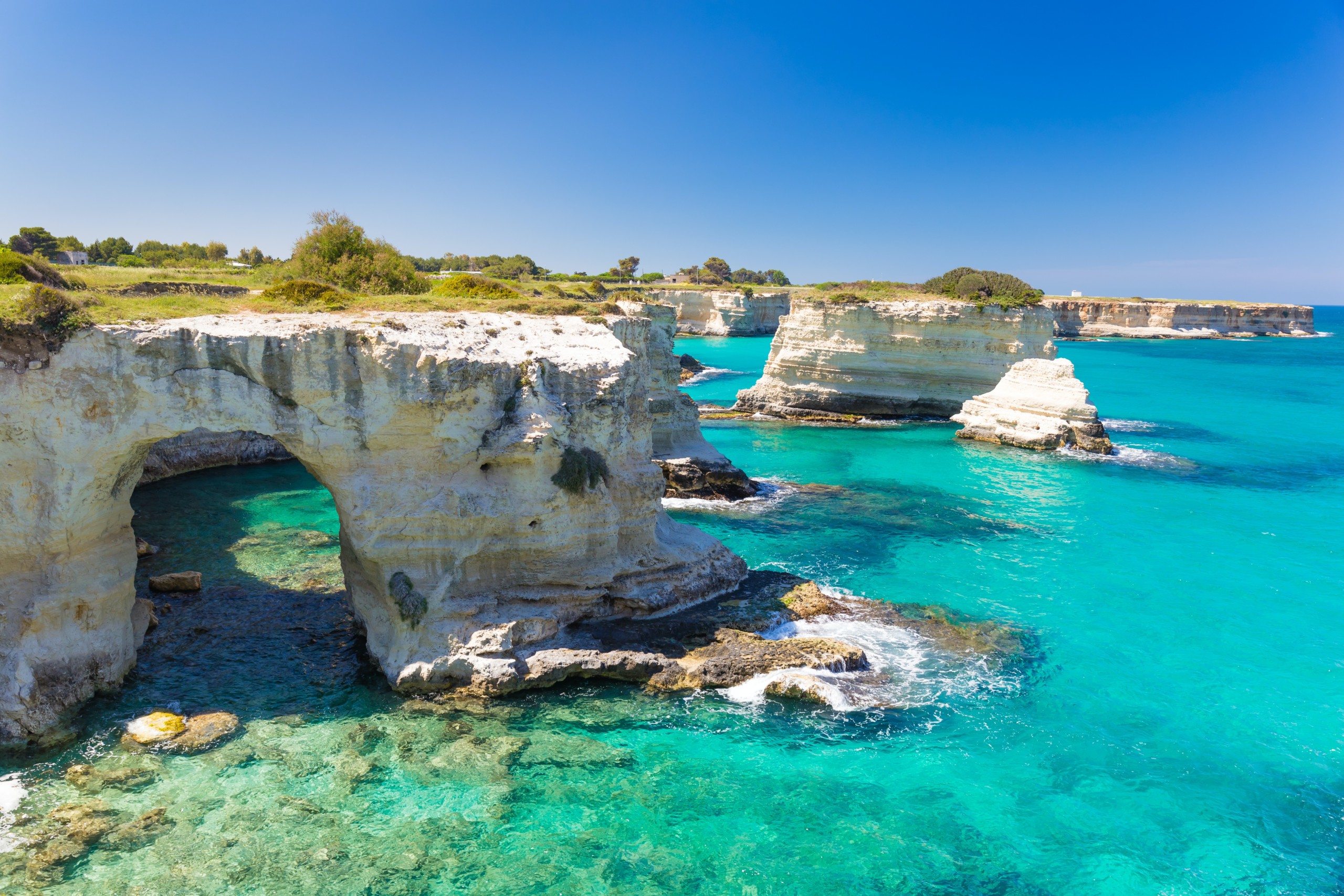Lecce and Florence
Florence dominates my childhood memories of living in Tuscany. The city of the Renaissance beckoned then, as it does now, with its world-famous museums, incredible writers, and history. Few cities can match it. When I began exploring the region of Puglia, imagine my surprise to learn that Italians call Lecce “The Florence of the South”. With my interest piqued, I headed south for a visit.
Lecce’s Layered History
More than 2,000 years ago, the Messapians founded this magnificent city, one of the largest in the province of Puglia. The city rests in the center of Italy’s “heel” on the Salentine Peninsula. However, some records indicate the Cretans from Greece may have founded the city rather than Messapians. The inhabitants of several villages in the area of Lecce still speak an ancient form of Greek, called Griko. This lends credence to this theory. In the 3rd Century BC, the Romans conquered this area and renamed ‘their’ new city Lupiae. During the Roman occupation, Emperor Hadrian decided to move the city about two miles nearer the coast to provide easier sea access in support of trade.
Numerous other conquerors occupied this area of Italy. First came the Ostrogoths, Saracens, Lombards, Hungarians, and Slavs. All laid claim to this region. Later came the Normans, the Swabians (Hohenstaufen), and the Angevine (French) rulers. Consequently, these layered conquests formed the culture. Today, the local dialects prove nearly impossible to understand, even in light of the fact that the majority of residents speak both Italian and English.
Lecce’s Art and Architecture
From the intersection of the Viale Gallipoli and the Viale dell’Universita, the city covers the undulating hills like an open fan as it rises to the city’s highest point, the Piazza Duomo. On my first afternoon in the city, I discovered the city’s main gathering place, Piazza Mazzini. It stands surrounded by architecturally stunning buildings. The lovely square bustled with Leccese enjoying a warm Spring afternoon, sharing an aperitivo in one of the cafes lining the square, or strolling through the park.
I headed toward the Franciscan Church of Sant’Antonio a Fulgenzio, dedicated to Saint Antonio of Padua. The intricate works of art, some of the finest in Europe, cover nearly every interior inch of the cathedral. This gorgeous structure, dedicated in 900 AD, has a dome that stands above the profile of the city’s buildings. However, mid-1960s’ high rises surround it. Those bland buildings sharply contrast the beauty of the Cathedral.
One of the key exports of the city is Pietre Lecce, Lecce Stone, a malleable stone much prized by architects and sculptors. The style of many of the buildings, particularly the facades of churches and governmental structures, bears a striking similarity to “Sicilian Baroque,” an exaggerated heavily carved style of architectural stone. These baroque carvings covering the facades on numerous buildings date to the 17th Century. No other building offers a more pronounced example of this beautiful local stone than the Cattedrale dell’Assunzione della Virgine, the Duomo of the city. The original church was started in the mid-12th Century. In the 17th Century, the cathedral was rebuilt to its present style. The bishop, who oversaw that rebuilding, is buried under the altar dedicated to the patron saint of the city, Orontius of Lecce.
Memories and Musings
In the evening, throughout the Piazza Duomo, lights in the pavement illuminate the stunning architectural gems of the city center. The mineral properties of the local stone absorb the golden light and suffuse the piazza with an unworldly glow. The splendor of the square, especially at night, reminds me of piazzas in the Sicilian Baroque cities of Sicily: Ragusa, Noto, and Modica. The haunting sense of the piazza exudes a kind of mystery at the heart of the Catholic city. I feel a profound sense of those who have gone before. The beauty of the buildings, the quiet of the piazza, and the nearly empty space lends itself to such musings.
Is Lecce “The Florence of the South”? While the architectural style of the city represents a far cry from the Renaissance masterpieces we know in that northern city, the enchanting beauty of Lecce’s city center remains, truly, as unique in its own way as Florence.



